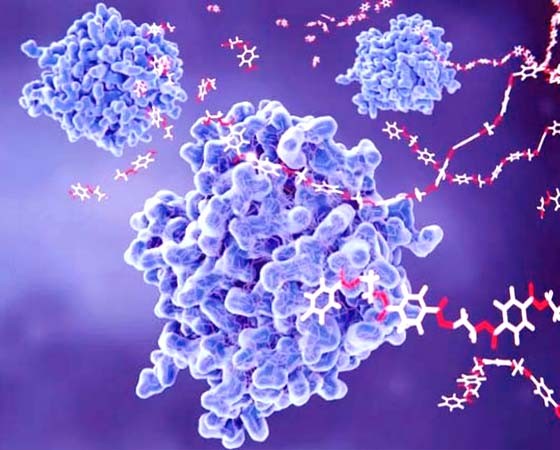鎶椾綋 >> 鍏朵粬鎶椾綋
1鍙锋煋鑹蹭綋寮€鏀鹃槄璇绘131鎶椾綋
|
浜よ揣鏈烔 1鍛?/span>
绱㈠彇璧勬枡鍙婃姤浠饵/span>
浜у搧浠嬬粛
闈舵爣锛欬p style="text-indent: 2em;">C1orf131
浜у搧鍒悕锛欬p style="text-indent: 2em;">C1orf131锛 chromosome 1 open reading frame 131锛 chromosome 1 open reading frame 131锛 uncharacterized protein C1orf131锛 1鍙锋煋鑹蹭綋寮€鏀鹃槄璇绘131锛 鑳屾櫙淇℃伅锛欬div style="text-indent: 2em;">Chromosome 1 is the largest human chromosome spanning about 260 million base pairs and making up 8% of the human genome. There are about 3,000 genes on chromosome 1, and considering the great number of genes there are also a large number of diseases associated with chromosome 1. Notably, the rare aging disease Hutchinson-Gilford progeria is associated with the LMNA gene which encodes lamin A. When defective, the LMNA gene product can build up in the nucleus and cause characteristic nuclear blebs. The mechanism of rapidly enhanced aging is unclear and is a topic of continuing exploration. The MUTYH gene is located on chromosome 1 and is partially responsible for familial adenomatous polyposis. Stickler syndrome, Parkinsons, Gaucher disease and Usher syndrome are also associated with chromosome 1. A breakpoint has been identified in 1q which disrupts the DISC1 gene and is linked to schizophrenia. Aberrations in chromosome 1 are found in a variety of cancers including head and neck cancer, malignant melanoma and multiple myeloma. The C1orf131 gene product has been provisionally designated C1orf131 pending further characterization. 瀹夸富锛歊bt |
鐩稿叧浜у搧
|









